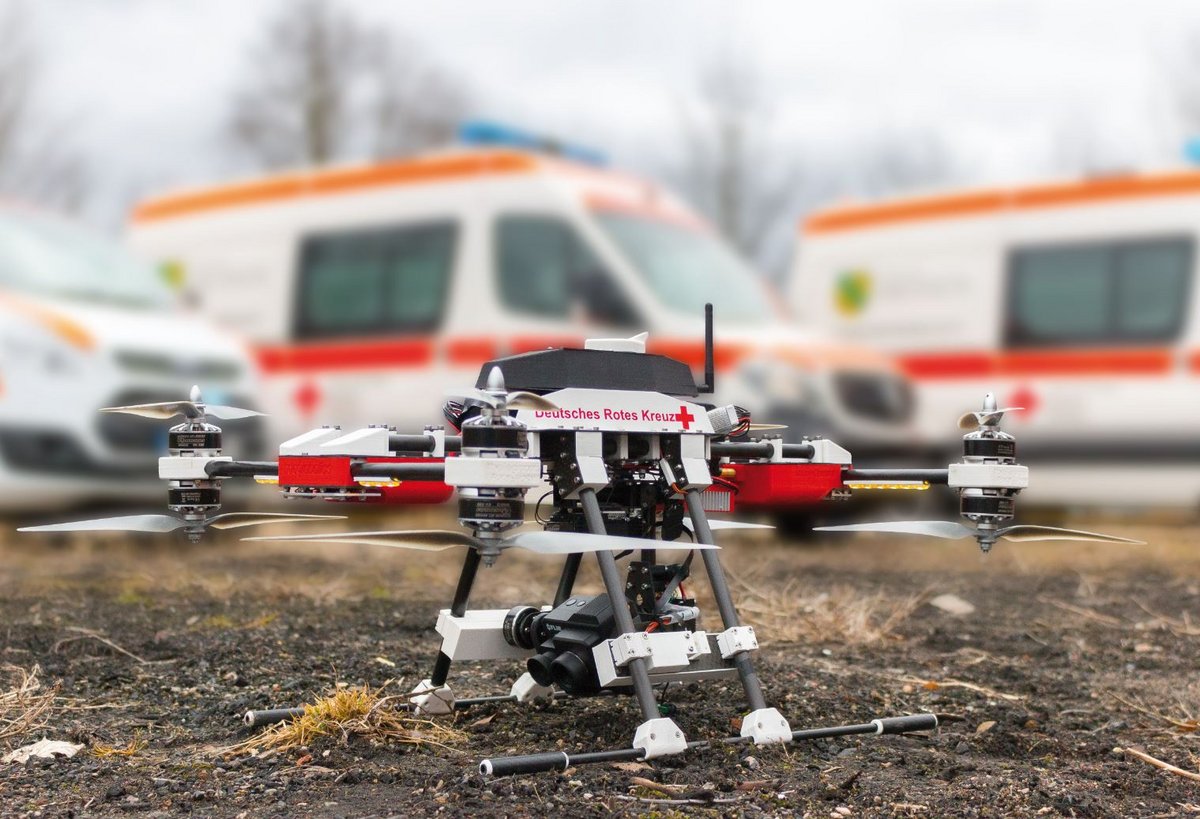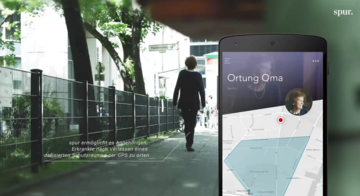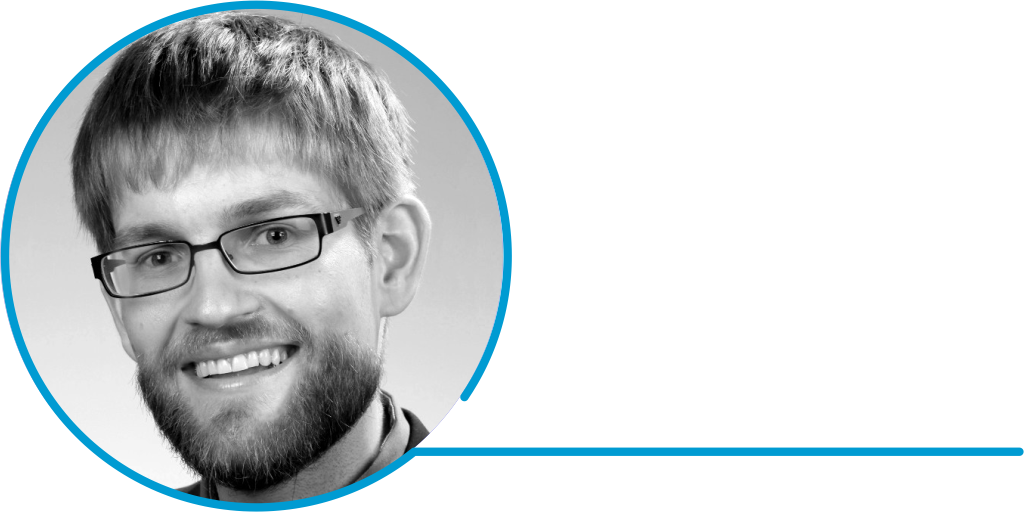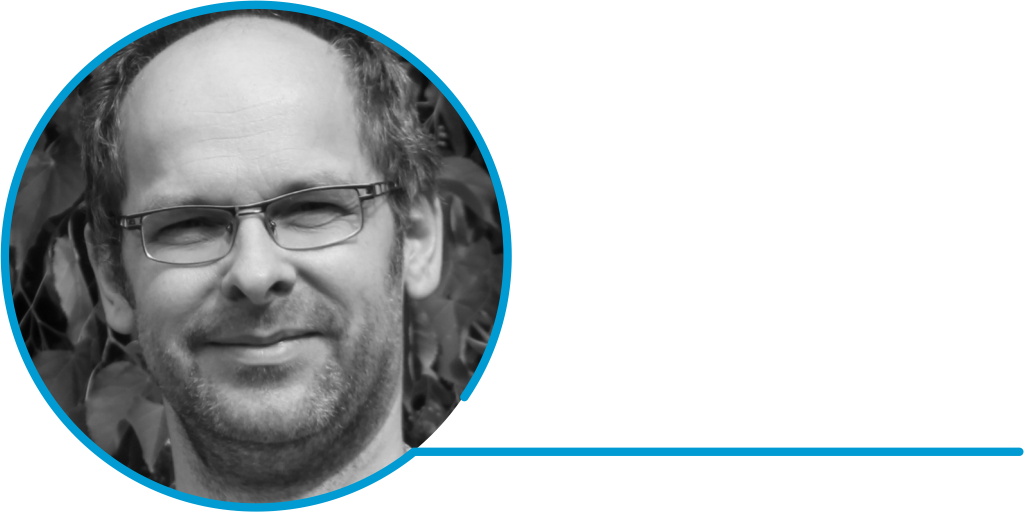
Projects Medicine and Health
Medizin-Logistik: Automatische Terminvergabe und Terminplanung
Abstract
The aim of the project is the development and implementation of new methods for the automatic, optimized planning of appointments and appointment sequences and the realization of a tool based on this for fast and user-friendly, optimized appointment (sequence) planning across several medical facilities. On the one hand, such a tool saves time and effort for both, patients and medical staff, and allows patient wishes to be taken into account. At the same time, it enables more targeted and successful treatment with optimized use of medical resources. This increases patient satisfaction and the use of resources and time on the part of medical facilities can be improved.
Duration
10/2023-09/2024, 12 months
Mission statement
The aim of MedLog is to increase patients satisfaction and to optimize medical resource use by means of new methods for intelligent, automatic appointment (sequence) planning.
Researchers:
Petra Hofstedt
BTU, Programmiersprachen und Compilerbau
T +49 (0)355 69 3886
petra.hofstedt(at)b-tu.de
Dr. Thomas Gengenbach
Doc Cirrus GmbH
Pohlstr. 20, 10785 Berlin
PD Dr. med. Sebastian Spethmann
Charite Universitätsmedizin Berlin, Medizinische Klinik Kardiologie und Angiologie
Chariteplatz 1, 10117 Berlin
Funded by
BMWK
AI Rescue: AI-supported data analysis and simulation of EMS systems
Abstract
A well working prehospital Emergency Medical Service (EMS) system is important for people in emergeny situations. Technical progress and socioeconomic change affect existing systems and force responsibles to adopt new approaches for performance optimization. Hence this needs-oriented feasibility study investigates the use of AI in EMS systems, based on subject matter expert (SME) workshops using design thinking approaches involving relevant stakeholders from Germany. The aim is to analyze current political, legal and economic conditions as well as to formulate and discuss different use cases for potential usage of AI to improve rescue services. An agent-based simulation approach was developed to model the rescue chain of an EMS system digitally using the region of Lausitz as an example.
Project partners of this joint project are Björn Steiger Stiftung, Hasso-Plattner-Institut and Brandenburgisches Institut für Gesellschaft und Sicherheit.
Main project results
- The development of an agent-based simulation model using population and rescue operation data
- The creation of several pracitcal relevant use cases
- The preliminary study serves as a basis for application-oriented follow-up projects in this area
Duration
02/2021-09/2021, 8 months
Mission statement
To create tools that advance the practical use of AI in emergency services to improve the quality of care.

Researchers:
Armin Fügenschuh
BTU, Ingenieurmathematik und Numerik der Optimierung
T +49 (0)355 69 3127
fuegensc(at)b-tu.de
Sascha Zell
Hauptgebäude, R. 3.32
T +49 (0) 355 69 3716
F +49 (0) 355 69 2769
sascha.zell(at)b-tu.de
Projektleiter:
Hr. Von Beesten
Björn Steiger Stiftung
Max-Eyth-Straße 7, 71634 Winnenden
info(at)steiger-stiftung.de
Funded by
BMDV
Contain Epidemics with Stochastic Mixed-Integer Optimal Control
Abstract
The temporal and spatial course of a large-scale epidemic or pandemic can be described using mathematical models, which divide the total population into different compartments: the number of people not yet infected (susceptible to the disease), acutely infected (and contagious) people, and those who have recovered (with or without permanent immunity). There are many possibilities for intervention which influence the parameters favorably, such as exit restrictions can lower contact and mobility rates. Furthermore, transporting medical supplies to hospitals in outbreak hotspots can lower the mortality rate. Such measures have both financial and social costs which need to be weighed against their capacity to contain an epidemic. By combining methods from both deterministic and stochastic optimal control, as well as combinatorial optimization and mixed-integer programming, this project aims to build an integrated model which computes effective measures for containment under uncertainty.
Duration
09/2021 - 08/2024, 36 months
Mission statement
To devise a planning tool which - given a spatial area and characteristic parameters of an infectious disease - returns measures for containment.

Researchers:
Armin Fügenschuh
BTU, Ingenieurmathematik und Numerik der Optimierung
T +49 (0)355 69 3127
fuegensc(at)b-tu.de
Gerd Wachsmuth
BTU, Optimale Steuerung
T +49 (0)355 69 3131
E gerd.wachsmuth(at)b-tu.de
Ralf Wunderlich
BTU, Wirtschaftsmathematik
T +49 (0)355 69 4812
ralf.wunderlich(at)b-tu.de
Dr. rer. nat. Jesse Beisegel
BTU, Ingenieurmathematik und Numerik der Optimierung
Platz der Deutschen Einheit 1, 03046 Cottbus
beisegel(at)b-tu.de
Dipl. Math. Markus Friedemann
BTU, Optimale Steuerung
Platz der Deutschen Einheit 1, 03046 Cottbus
Markus.Friedemann(at)b-tu.de
M.Sc. Florent Ouabo Kamkumo
BTU, Wirtschaftsmathematik
Platz der Deutschen Einheit 1, 03046 Cottbus
ouaboflo(at)b-tu.de
M.Sc. Ibrahim Mbouandi Njiasse
BTU, Wirtschaftsmathematik
Platz der Deutschen Einheit 1, 03046 Cottbus
mbouaibr(at)b-tu.de
Funded by
DFG
spur – Modular assistance system to support people with dementia and their caregivers
Abstract
With the help of this assistance system, dementia patients and their relatives are to be supported in their daily lives. To this end, a modular sensor system is to be developed whose wearables can be integrated into any existing item of clothing and also removed again. In the event of an emergency (e.g. a fall), it will trigger an alarm and notify relatives, caregivers or emergency physicians. It will also be possible to locate dementia patients. The various wearables in the system communicate with a server system via multiple base station.
At the beginning of the project, user needs were identified in a study conducted in cooperation with the Alzheimer Society Berlin. The main focus of the BTU's tasks is on providing analyses for hardware and software, defining the software architecture, and finally developing methods for indoor localization and fall prediction.
Main project results
- Collection of wearable movement data from different groups (target group and volunteers)
- Survey of the target group (residents of the ASB in Frankfurt / Oder and nursing staff)
- Development of algorithms for fall detection, fall prediction and pressure ulcer prophylaxis
- Development of a system for indoor positioning
- Integration of these algorithms into an existing documentation-solution (Doku2Go)
References
| [1] | Franz Kroll, Sven Löffler, Ilja Becker, Petra Hofstedt: Automatic Detection of Timed-up and Go Tests with IMU Sensor Data. International Joint Conference on Biomedical Engineering Systems and Technologies, BIOSTEC, BIODEVICES 2022. |
Duration
04/2020-04/2022, 24 months
Mission statement
The aim of spur is to maintain the mobility and independence of those affected by dementia and thus to improve their quality of life.

Researchers:
Petra Hofstedt
BTU, Programmiersprachen und Compilerbau
T +49 (0)355 69 3886
petra.hofstedt(at)b-tu.de
Franz Kroll M.Sc.
FG Programmiersprachen und Compilerbau
BTU Cottbus-Senftenberg, Konrad-Wachsmann-Allee 5, 03046 Cottbus
franz.kroll(at)b-tu.de
Funded by
BMWi (VDI/VDE-IT)
iCampus 2: Application Lab Spectrum 2
Raman spectroscopy
Classifying and explaining neural networks for analyzing Raman scattering
Abstract
Raman spectroscopy allows for analyzing and identifying molecules in chemical substances by typical structural fingerprints. However, identifying signals are often weak and mixed with noise and therefore hard to detect.
The Shifted Excitation Raman Difference Spectroscopy (SERDS) helps to separate identifying fingerprints from noise like background light and fluorescence. For finding target molecules a typical Raman line needs to be isolated from a Raman scattering. In the project, a classifying neural network on scattering data has to be developed. Furthermore, logic expressions derived from the network help to explain the network semantics. On the basis of that knowledge new Raman sensors for specific target substances can be devised.
Main project results
- Development of a Raman-spectroscopy-system for detecting several substances
- Analysis of spectra in comparision with reference spectra using artificial intelligence
- Classifier based on Raman spectra using machine learning
- Talks and publications
Website
Duration
04/2022-10/2024
Mission statement
Methods of artificial intelligence for extended analyses of Raman scattering data are used for reduction of measurement channels.
Researchers:
Ingo Schmitt
BTU, Datenbank- und Informationssysteme
T +49 (0)355 69 2039
ingo.schmitt(at)b-tu.de
Matthias Wolff
BTU, Kommunikationstechnik
T +49 (0)355 69 2128
matthias.wolff(at)b-tu.de
Projektleiter
Bernd Sumpf
Ferdinand-Braun-Institut, Leibniz-Institut für Höchstfrequenztechnik
Gustav-Kirchhoff-Str. 4, 12489 Berlin
bernd.sumpf(at)fbh-berlin.de
Funded by
Bundesministerium für Bildung und Forschung
RescueFly
Abstract
This is a joint project in cooperation with TU Dresden, TU Chemnitz, Björn Steiger Stiftung, Brandenburgisches Institut für Gesellschaft und Sicherheit, Droniq and Tholeq Civil Protection Systems.
Main subject is the use of unmanned aircraft systems (UAS) to support water rescue services in large areas that are difficult to access. A UAS prototype, special ’’intelligent“ storage locations for UAS with connection to a rescue control center and further AI based elements for image recognition and flight mission optimization are being developed. The region ’’Lausitzer Seenlandschaft“ with its lakes ’’Partwitzer See“ and ’’Geierswalder See“ was selected as an exemplary application area. The use of UAS is being analzyed at various level (legal, organizational, flight operations, buisness management) as preparation for a possible transition to regular operation.
Main project results
- Special UAS and UAS location system built for use in water rescue
- Optimization of UAS positions and flight trajectories using simulation in a virtual environment
- Pioneer for transition to regular operation
Duration
01/2022-12/2023, 24 months
Mission statement
To set up a UAS system that supports regular water rescue services and prevents patients from drowning.

Researchers:
Armin Fügenschuh
BTU, Ingenieurmathematik und Numerik der Optimierung
T +49 (0)355 69 3127
fuegensc(at)b-tu.de
Michael Breuss
BTU, Angewandte Mathematik
T +49 (0)355 69 2904
breuss(at)b-tu.de
Sascha Zell
Hauptgebäude, R. 3.32
T +49 (0) 355 69 3716
F +49 (0) 355 69 2769
sascha.zell(at)b-tu.de
Projektleiter:
Hr. Von Beesten
Björn Steiger Stiftung
Max-Eyth-Straße 7, 71634 Winnenden
info(at)steiger-stiftung.de
Funded by
BMDV
Probing scales in equilibrated systems by optimal nonequilibrium forcing
(Project A05 of the DFG-CRC 1114 "Scaling Cascades in Complex Systems")
Abstract
The project is concerned with the analysis and simulation of rare statistical fluctuations of stochastic processes with multiple scales. Specifically, the project is devoted to the development of the efficient rare event simulation schemes for molecular systems – addressing one of the main computational bottlenecks in molecular dynamics simulation. The key conceptual insights is that sampling of path-dependent properties associated with rare events (e.g., transition probabilities or pathways) can be recast as a variational problem that boils down to a stochastic optimal control problem, for which several equivalent formulations exist. In this project, we have studied the connections between the different formulations that include Hamilton–Jacobi–Bellman equations, backward stochastic differential equations and minimum entropy principles, all of which can be expressed as minimisation problems that involve divergences between probability measures on path space.
Main project results
- efficient adaptive importance sampling schemes for rare event simulation
- iterative machine-learning based methods to solve stochastic optimal control problems and high-dimensional PDEs
- novel divergence and entropy-based formulations for high-dimensional stochastic control problems
References
| [1] | C. Hartmann, O. Kebiri, L. Neureither, and L. Richter. Variational approach to rare event simulation using least-squares regression. Chaos, 29(6):063107, 2019. |
| [2] | C. Hartmann, L. Neureither, and U. Sharma. Coarse-graining of non-reversible stochastic differential equations: quantitative results and connections to averaging. SIAM J. Math. Anal., 52(3):2689–2733, 2020. |
| [3] | C. Hartmann, C. Schütte, and W. Zhang. Jarzynski equality, fluctuation theorems and variance reduction: Mathematical analysis and numerical algorithms. J. Stat. Phys., 175:1214–1261, 2019. |
| [4] | O. Kebiri, L. Neureither, and C. Hartmann. Adaptive importance sampling with forward backward stochastic differential equations. In: G. Giacomin, S. Olla, E. Saada, G. Stoltz, and H. Spohn, ed., IHPStochDyn 2017: Stochastic Dynamics Out of Equilibrium, Proceedings of the Institute Henri Poincaré, pages 265–281. Springer, 2019 |
| [5] | N. Nüsken and L. Richter. Solving high-dimensional Hamilton–Jacobi–Bellman PDEs using neural networks: Perspectives from the theory of controlled diffusions and measures on path space. Partial Differential Equations and Applications, 2(4):48, 2021. |
Duration
10/2014-06/2022 (possible extension until 06/2026)
Mission statement
To devise machine-learning based methods to solve high-dimensional stochastic control problems and simulate rare events.
Researchers:
Carsten Hartmann
BTU, Stochastik und ihre Anwendungen
T +49 (0)355 69 4150
carsten.hartmann(at)b-tu.de
Funded by
DFG (SFB 1114)
*completed









